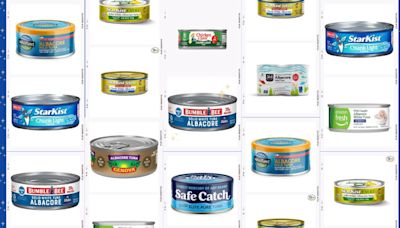Search results
3 days ago · Nearly two-thirds of Mercury’s mass is contained in its largely iron core, which extends from the planet’s centre to a radius of about 2,100 km (1,300 miles), or about 85 percent of the way to its surface. The planet’s rocky outer shell—its surface crust and underlying mantle—is only some 300 km (200 miles) thick.
- Surface Composition
Mercury - Craters, Volcanoes, Plains: Messenger used X-ray...
- Basic Astronomical Data
Mercury - Innermost Planet, Smallest, Hot: Mercury is an...
- Mercury Summary
Mercury, Innermost planet of the solar system. Its average...
- The Atmosphere
Mercury - Atmosphere, Temperature, Radiation: A planet as...
- Impact Craters
Mercury - Impact Craters: The most common topographic...
- Mariner 10, Radar, Messenger
Mercury - Mariner 10, Radar, Messenger: Scientific knowledge...
- Surface Composition
Feb 22, 2013 · Learn how NASA enhanced the colors of Mercury's surface to reveal its geology and composition. See the colorful view of Mercury produced by MESSENGER's primary mission.
It is the smallest planet in the Solar System, with an equatorial radius of 2,439.7 kilometres (1,516.0 mi). [4] Mercury is also smaller —albeit more massive—than the largest natural satellites in the Solar System, Ganymede and Titan. Mercury consists of approximately 70% metallic and 30% silicate material.
Feb 21, 2017 · Mercury is a bare rock planet with a dark gray surface, broken up by craters. Learn how its color comes from its molten history and how it differs from the Moon and other planets.
- Structure and Surface
- Time on Mercury
- Mercury’s Neighbors
- Quick History
- GeneratedCaptionsTabForHeroSec
Mercury is the smallest planet in our solar system.Mercury is a terrestrial planet. It is small and rocky.Mercury has a thin exosphere.Mercury’s surface can be as hot as 800 degrees F during the daytime and as cold as -300 degrees F during the nighttime. (But Mercury is not the hottest planet in the solar system. The hottest plane...A day on Mercury lasts 59 Earth days.A year on Mercury lasts 88 Earth days.Mercury does not have any moons.Mercury is the closest planet to the Sun.Venus is Mercury’s neighboring planet.Mercury has been known since ancient times because it can be seen without advanced telescopes.Because it is so close to the Sun, Mercury is hard to study from Earth. No people have ever gone to Mercury, but two robotic spacecraft have visited. The spacecraft were called Mariner 10 and MESSE...MESSENGER mapped Mercury by taking pictures of the planet's surface, including some areas that had not been seen before. It also collected information about what the surface and insides of Mercury...Learn about Mercury, the smallest and closest planet to the Sun, with no moons and a thin exosphere. See images of Mercury's cratered surface, color differences, and history.
See how Mercury looks in different colors based on data from the MESSENGER mission. Learn how to perceive color and explore related images of the inner solar system.
People also ask
What color is Mercury?
Why is Mercury gray?
What is the difference between Mercury and other planets?
Is Mercury a rocky planet?
Mar 8, 2019 · Mercury is the smallest and closest planet to the sun, with a pure gray surface. NASA studies reveal that graphite, a form of carbon, is the main cause of the gray color, buried beneath the surface and exposed by meteor impacts.




